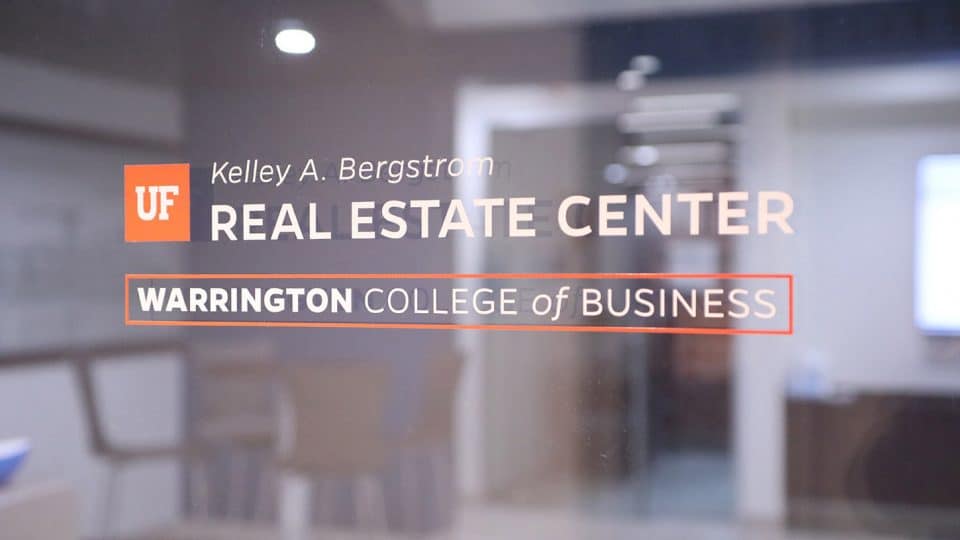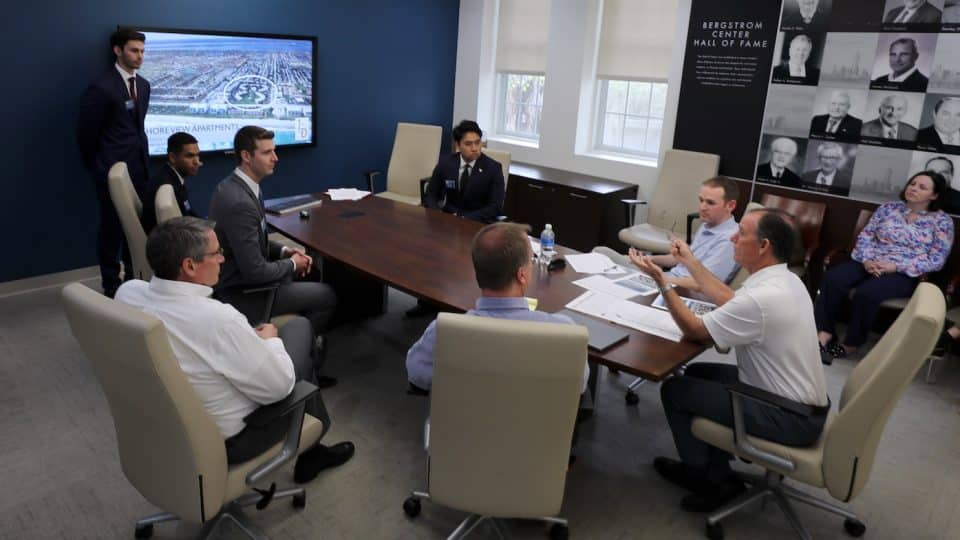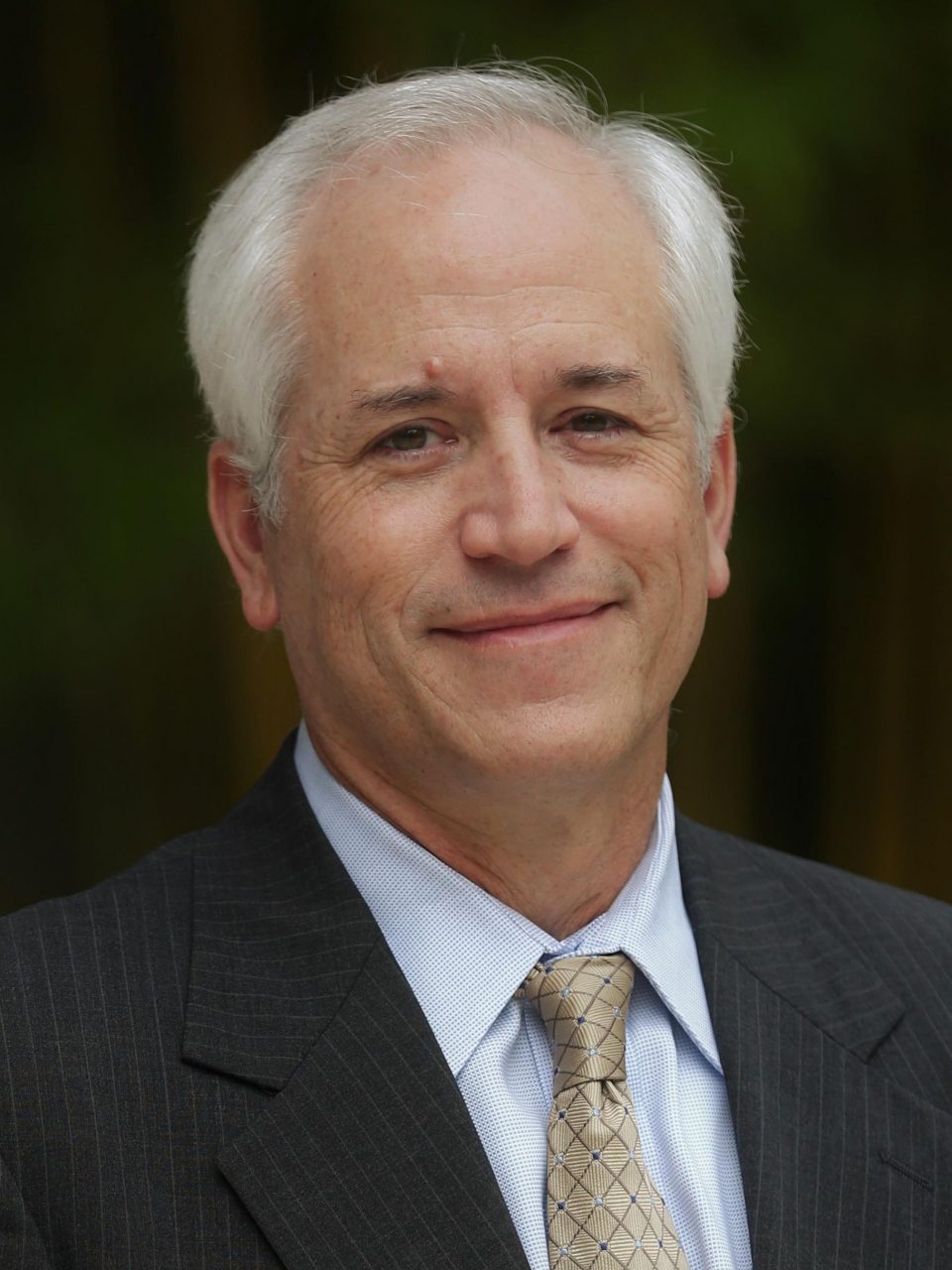
Real Estate Research
The UF Bergstrom Real Estate Center supports academic and applied research to inform real estate professionals in Florida and across the United States.
Applied

Each semester, the center’s applied research initiative publishes Due Diligence magazine and provides presentations relevant to the real estate industry.
Academic

Affiliated UF faculty conduct and publish peer-reviewed research in virtually all areas of real estate.
In the News
- Gainesville’s mixed-use housing buildings have an abundance of vacancies. Why?, Gainesville Sun, April 4, 2022
- Real Estate Research from the Gator Nation, Due Diligence, Oct. 19, 2021
- Evolution in the Tax Code: (Almost) the End of Homeowner Tax Savings?, Warrington College of Business, May 12, 2021
